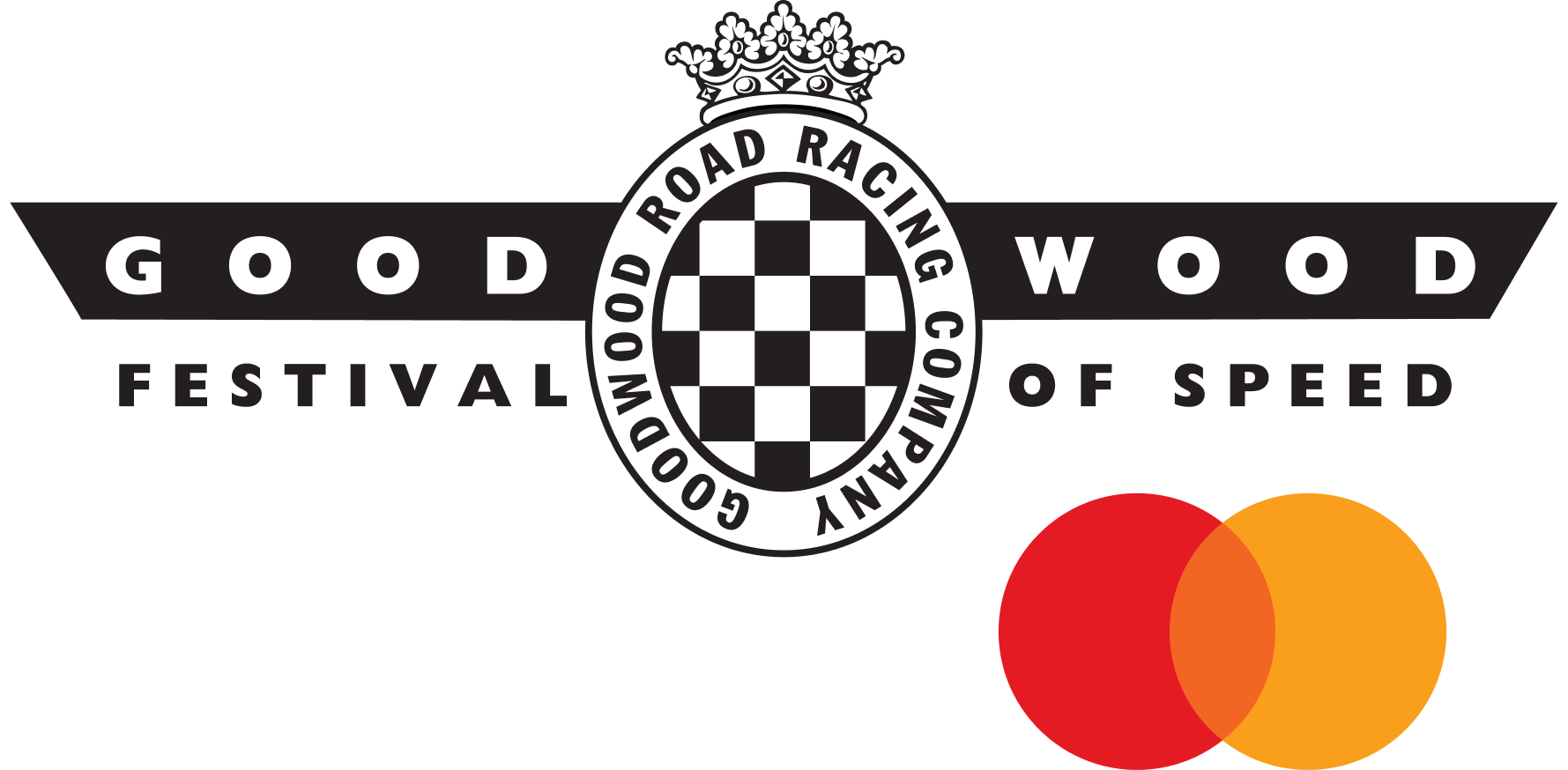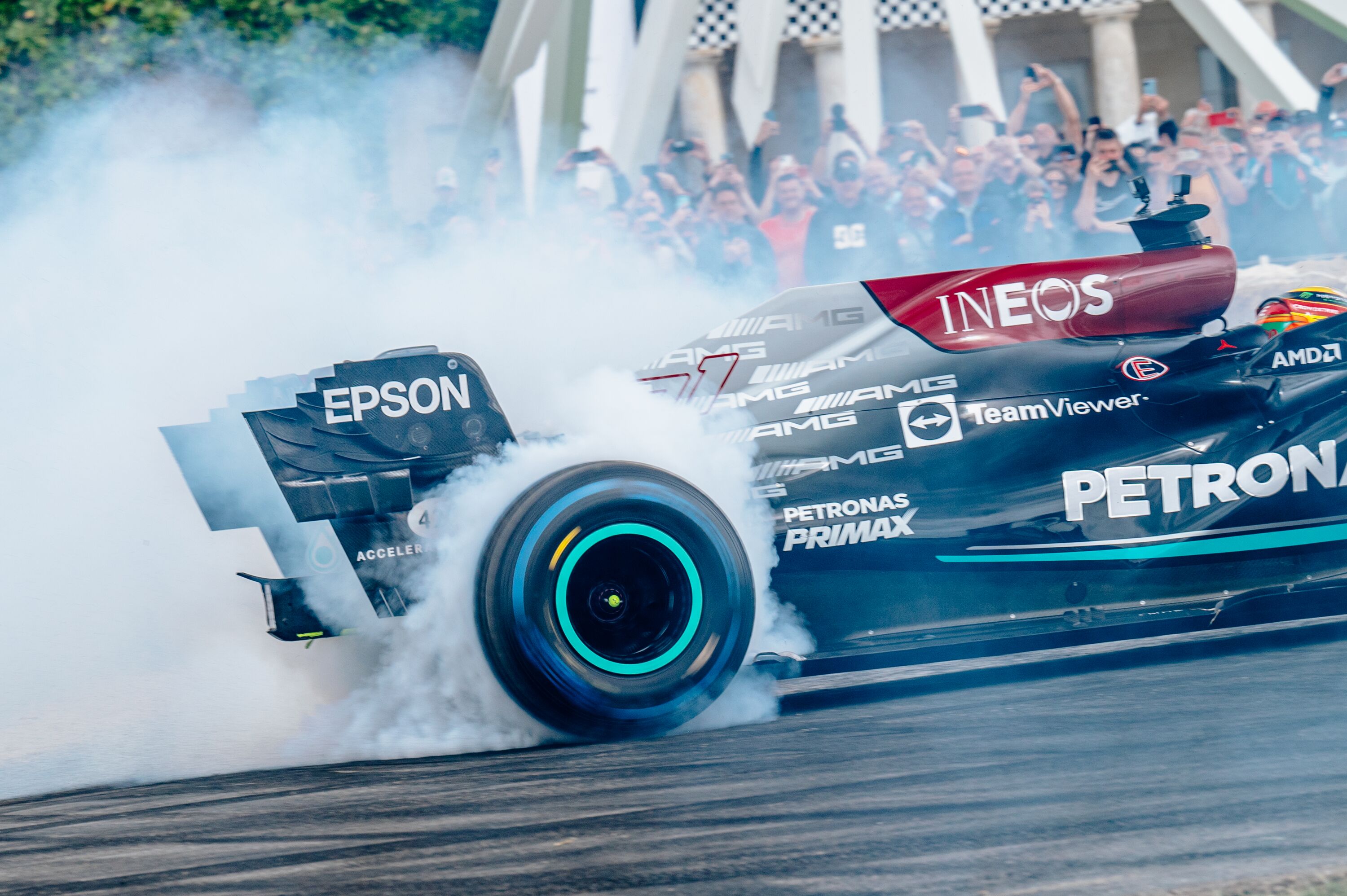Axon's Automotive Anorak: Four former Communist car brands that still exist today
Over the last couple of months, two of the top ten best-selling new car models in Europe overall have been Dacias, the Sandero and the Duster. This is an impressive feat, not only kicking the current car brand snobbery into touch, but also proving the growing power and appeal of ‘low cost’ brands in these uncertain economic times, as convincingly evidenced by the continued expansion of value-for-money German supermarkets such as Aldi and Lidl.

The dramatic turn-around of Dacia’s fortunes from the low point of the marque’s trying and stifled socialist past (along with its former Eastern Bloc rival Škoda) is to be applauded, thanks to Renault’s inspired input and crafty economic engineering, borrowing key parts from previous Renault models (engines, inner bodywork, and so on). The Volkswagen Group’s similar rewards for reinventing post-Communist-era Škoda has been equally successful. For most of the other Cold War car makers though, fate has not been so kind, as we will learn.
When the Berlin wall finally came down and the first cracks in the failed, oppressive and often cruel socialist experiment started to appear, the inadequacies of the former-Eastern Bloc vehicle manufacturers and their cheap products – including Dacia from ex-communist Romania – could no longer stack-up competitively with the commercial pressures of the vastly superior modern vehicles from the ‘capitalist’ West.
The artificially low, subsidised retail price advantage of the former Cold War-era cars dumped into the West to gain much-needed foreign currency was decreasingly compensation enough for the shoddy quality and poor engineering of the dated Eastern bloc cars being offered by Lada, FSO, Wartburg, ZAZ, Yugo et al, few of which still exist today.
As soon as the Berlin Wall crumbled, the last thing former East Germans wanted was an awful Trabant or Wartburg. With their new-found freedom, former DDR citizens enthusiastically swapped their motoring relics for old (but new and state-of-the-art to them) used VW Golfs, Opel Kadetts, battered BMWs and so on, often abandoning their Trabbies and Škodas at the side of the road.
As a result, not many of the former Communist state car makers have survived. Dacia and Škoda are the only pair to have really flourished, with Lada and ZAZ remaining strong in their domestic markets, but with little or no export sales. The others, meanwhile, have been consigned to a dark era of motoring history.
Here’s a the first of a two-part summary of the status of the former main Iron Curtain car makers, this first section focusing on the few successful Cold War-era marques that still exist (and thrive in the case of Dacia and Škoda) today, with part two next week looking at the casualties of the collapse of Eastern Bloc communism.

Dacia, founded 1968
Romania’s most successful company by revenue, accounting for eight per cent of the country’s total export revenue, Dacia began making Renault saloons under licence in 1968, kicking-off with the R8 (Dacia 1100) and quickly progressing on to the R12 (Dacia 1300) saloon and estate, which proved strong sellers for the marque in the Iron Curtain era, despite questionable quality control levels notably inferior to the French-built cars (which wasn’t that great either!). Dacia derivates of the Renault 12 remained in production until 2004, five years after Renault had bought the company.
The Dacia 1300 was finally replaced by the first-generation Logan in 2004, this affordable but gawky-looking model instantly becoming a sales hit in most former Eastern Bloc markets and pathing the way for the Brand’s rapid growth – and current success – into key export markets. Dacia has quickly gained a reputation for good quality and great value-for-money by canny clients not overly concerned by a posh badge on the bonnet, as proven by both the honest Sandero and Duster SUV appearing in Europe’s top ten new car sales chart.

Lada, founded 1969
On the 22nd April 1970 initial production began of the VAZ 2101, better known in Western export markets as the Lada 1200, an affordable square-cut family car very clearly based around the Car of the Year-winning 1966 Fiat 124.
Built tough and cheap, the Lada quickly found ready acceptance in European export markets, the 1200 and latter Fiat-derived models selling in strong numbers for family motorists wanting an affordable, well-equipped and brand-new saloon or estate for the same price as a tired and smaller European or Japanese used car.
Built in Togliatti (named after the Italian Communist leader that brokered the Fiat/VAZ deal), VAZ/Lada took the Fiat 124 base and re-engineered the model (with Italian help), toughening the 124 up to cope with the harsher Soviet conditions. The 2101/1200 and its many derivatives enjoyed a long and successful career, the final version of the model being built (by IzhAvto) as late as 2017.
Via later models (the capable Niva 4x4, front-wheel-drive Samara, and so on), Lada’s exports sales continued until the late 1990s in the UK (Lada finally withdrawing die to high emissions) and the late ‘noughties’ in mainland Europe.
Though generally only now available in Russia (where it dominates the local market) and a few other former Soviet countries, VAZ Lada still exists today, with the huge Togliatti plants churning out a number of models, from the Fiesta-sized Granta, though to some quick stylish larger family saloons, estate and SUVs, including ye olde Niva 4x4 from 1976 still, as well as a Lada-branded version of the Dacia Logan.
The Renault Group has owned the majority of VAZ Lada since 2016, with occasional rumors that it may revive the marque in Western export markets, so watch this space…

Škoda, founded 1895
Arguably the greatest post-communism Eastern Bloc automotive success story to date, Czech-based Škoda largely owes its modern prosperity to Volkswagen with German quality-levels introduced into the brand from the late 1990s, with highly popular models such as the Octavia and Fabia launched, burying the perception of Škoda’s previous joke-like quality virtually overnight.
Škoda’s motoring roots lie with Laurin & Klement, which was founded in 1895 and acquired by the Škoda Works in 1925. Post-war, Škoda became State-owned in 1948, with gradual privitisation coming with the passing of socialism from 1991 onwards, and becoming wholly-owned by Volkswagen in 2000. Škoda is now the Volkswagen Group’s second most profitable division after Porsche, and comfortably betters Audi, Bentley, SEAT, as well as the VW brand itself.
ZAZ, founded 1968
Although little known outside of the former USSR and Eastern Bloc, ZAZ is a Ukrainian-based producer of smaller, inexpensive cars that has enjoyed a loyal following behind the Iron Curtain for the last 60 years.
A former combine harvester maker, ZAZ introduced the small rear-engined 965 Zaporozhets in 1960, a copy of the contemporary Fiat 600. The car sold well in car-starved Iron Curtain markets, the 965 being replaced by the NSU Prinz-inspired ZAZ 965 in the late 1960s, this model running from 1966 until 1994.
The frightful front-engine, front-drive ZAZ Tavria replaced the 965 from the mid-1990s, this crude model battling on post-Berlin Wall collapse. It struggled to win customers, especially once the USSR was split into independent countries.
ZAZ still produces passenger cars today, now making old Daewoo Lanos models, as well as Chinese Chery saloons. It also distributes Kia and Tata imported vehicles into the Ukraine.
Lada photo by Forrexp.
Lada
skoda
Zaz
Dacia
Axon's Automotive Anorak































































